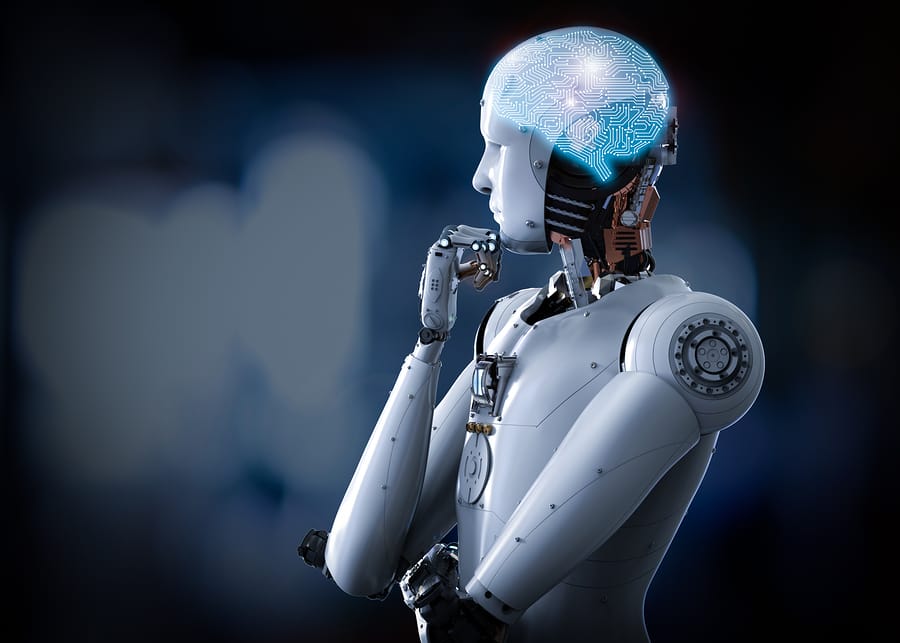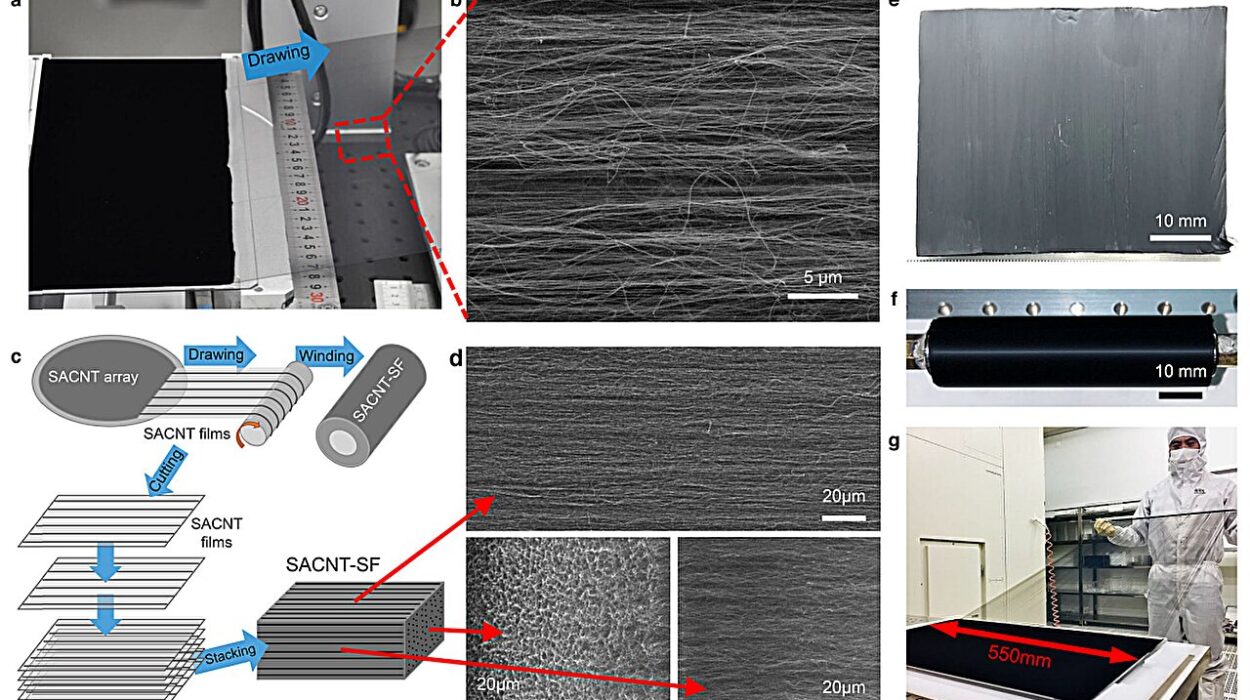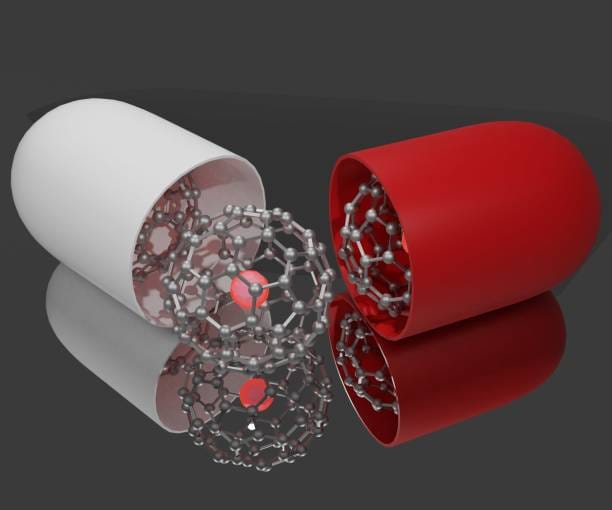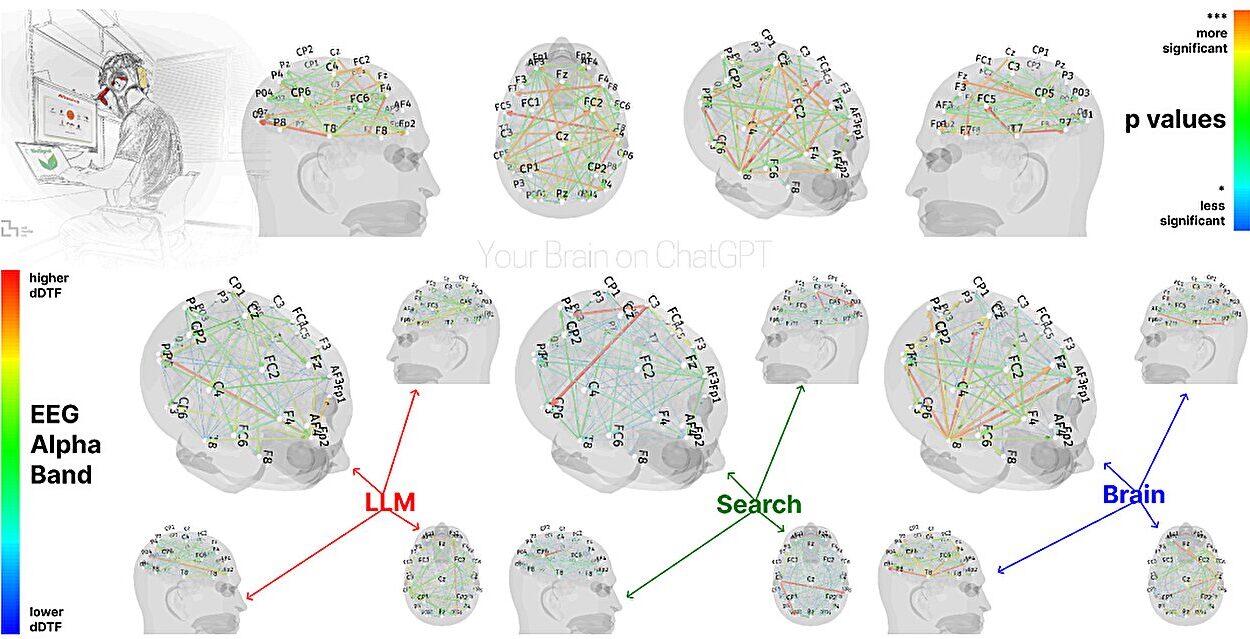In the shadowy corners of imagination, long before quantum processors and autonomous vehicles roamed the Earth, science fiction writers dared to dream the unthinkable. H.G. Wells wrote of time machines, Arthur C. Clarke imagined geostationary satellites, and Isaac Asimov filled galaxies with sentient robots. These visions were never intended as blueprints—but as provocations. They teased the limits of what could be, inspiring generations to stretch reality toward the impossible.
Today, we live in a world where those impossibilities are rapidly becoming everyday experiences. Artificial intelligence holds conversations, drones deliver medical supplies to remote villages, and prosthetic limbs respond to the thoughts of their users. The distance between fiction and reality is shrinking—not because dreams have changed, but because our tools have become extraordinary.
Technology, guided by curiosity and relentless innovation, is reshaping every dimension of human existence. What once lived only in the minds of science fiction authors is now unfolding in laboratories, startups, and space stations. We are entering an era where “impossible” is no longer a destination, but a challenge.
The Rise of Thinking Machines
Once feared and fantasized as cold, logic-driven machines devoid of empathy or emotion, artificial intelligence has taken an unexpectedly nuanced route into modern life. Far from Skynet or HAL 9000, the AI we know today is woven subtly into the background of our routines. It corrects our grammar, predicts our shopping habits, recommends our music, and even assists in diagnosing cancer.
The leap from fiction to function began with the development of neural networks—algorithms inspired by the human brain. These systems, once basic and limited, now mimic learning itself. Deep learning architectures can process images, speech, and text with uncanny accuracy. OpenAI’s own large language models, for example, can write essays, generate poetry, and simulate dialogue—all based on the statistical patterns of human expression.
Yet what’s most astonishing isn’t just that machines can speak or see; it’s that they can infer and decide. Algorithms trained on massive datasets now help judges assess flight risk in court, predict crop yields in agriculture, and even assist pilots during complex flight scenarios. In medicine, AI can detect diabetic retinopathy in seconds—something that once took hours and years of training.
Despite these achievements, the journey is just beginning. Scientists are now focused on making AI explainable and emotionally intelligent, bridging the gap between raw computational power and true understanding. The line between artificial and authentic thought continues to blur, pushing us ever closer to machines that don’t just process the world—but understand it.
Bionic Bodies and Neural Interfaces
In science fiction, the cyborg is a symbol of transformation—part human, part machine. What once served as a metaphor for the tension between nature and technology has become a literal, life-changing frontier in medicine and neuroscience.
Advanced prosthetics today are not mere replacements for lost limbs. They are responsive, intelligent extensions of the human will. Using sensors implanted in nerves and muscles, modern prostheses can detect electrical signals from the brain and translate them into movement. Some arms allow users to “feel” objects through artificial pressure sensors, feeding sensory information back into the nervous system. In 2022, researchers successfully restored the sense of touch in a paralyzed hand using brain-computer interfaces—marking a profound moment in neuroprosthetics.
At the heart of these breakthroughs is the effort to merge mind and machine. Neuralink, the brainchild of Elon Musk, is developing brain implants that may eventually allow humans to control computers directly with thought. While still experimental, these implants could one day help people with paralysis communicate, navigate, or even control robotic limbs with ease.
These technologies are redefining what it means to be human. Disabilities are no longer seen as fixed limitations, but as technical challenges. The future may see not just restored function, but enhanced bodies—humans with super-hearing, night vision, or memory augmentation. The body is no longer a boundary; it is a platform for transformation.
From Warp Speed to Real Spaceflight
For decades, interstellar travel belonged to the realm of dreams. Starships that folded space, colonies on Mars, and warp drives that bent the laws of physics were the exclusive property of Hollywood and hard science fiction. But space is no longer the silent, unreachable void it once was.
Private companies have revolutionized space exploration. SpaceX’s Falcon rockets land themselves on floating platforms, a maneuver that once seemed absurd. NASA’s Artemis program is planning a return to the Moon and a leap beyond—to Mars. Robotic explorers like Perseverance traverse alien landscapes, drilling into rocks for signs of life and sending back selfies from a planet millions of miles away.
What’s more, NASA and other agencies are actively studying concepts once considered pure fantasy. The Alcubierre Drive, a theoretical model for faster-than-light travel, proposes bending spacetime itself to “move” without moving—allowing a ship to effectively surf the fabric of the cosmos. Though still speculative, research into exotic matter and spacetime manipulation continues to inch forward.
Even within our own solar system, what was once considered science fiction—colonies on Mars, space hotels, asteroid mining—is now under serious consideration. Engineers are developing habitats that can shield humans from cosmic radiation, extract water from Martian soil, and grow food in zero gravity. Science fiction painted the dream; now science is sketching the blueprint.
The Fabric of Invisibility
To render something invisible is not just a fantasy for wizards and cloaks—it’s a genuine ambition of modern physics. Researchers in the field of metamaterials have created substances that manipulate light in unusual ways, bending it around an object like water around a rock.
These materials are engineered at the nanoscale, where the arrangement of atoms creates properties not found in nature. One such application is the “invisibility cloak,” which has already been demonstrated in basic forms using microwave frequencies. While not yet ready to vanish humans, these cloaks can hide small objects from radar, infrared, and even visible light in certain conditions.
Invisibility has practical military uses—stealth technology, camouflage, undetectable sensors—but its implications extend far beyond espionage. Imagine medical instruments that become invisible during surgery to give surgeons unobstructed views, or windows that change their light transmission properties on demand.
As the field matures, invisibility may evolve from a party trick into an essential tool. Once confined to myth and magic, cloaking is now a matter of materials science, precision, and patience.
Teleportation and the Quantum Revolution
Quantum teleportation is not science fiction’s transporter beam—but it is no less miraculous. At the quantum level, particles can become entangled, meaning their states are intertwined regardless of the distance between them. When one particle is measured, the other instantly reflects the change—a phenomenon Einstein famously called “spooky action at a distance.”
Scientists have harnessed this quirk to transmit information across vast distances. In 2017, Chinese researchers teleported quantum states from Earth to a satellite in orbit—over 1,200 kilometers away. The process didn’t move matter, but it moved the information that defines it—essentially recreating the state of a particle elsewhere.
This breakthrough is the foundation of quantum communication networks. Because any attempt to intercept quantum data alters it, quantum channels could offer unbreakable encryption. Teleportation may not move humans, but it could radically change how we secure and transmit data.
Meanwhile, quantum computing promises to upend the limitations of classical machines. Rather than relying on bits—zeros and ones—quantum computers use qubits that can be both at once. This strange property enables them to solve certain problems exponentially faster, from modeling molecules to optimizing supply chains.
A fully functional quantum computer would represent a leap akin to fire or electricity: a fundamental shift in power and possibility. Fiction gave us teleporters. Physics gave us something stranger—and possibly more powerful.
Synthetic Life and Designer Organisms
To create life from non-life is an act once reserved for the gods—or Frankenstein. Today, synthetic biology takes this ambition seriously, designing living systems from scratch.
Researchers have created bacteria with entirely synthetic DNA, organisms that eat plastic, and even artificial cells that mimic real ones. CRISPR gene editing has made rewriting the code of life as simple as programming a computer. Scientists are using it to correct genetic diseases, engineer disease-resistant crops, and resurrect traits long thought lost.
Even more radical are the efforts to create entirely new forms of life. Xenobots—tiny robots built from frog cells—can move, heal, and even replicate. They straddle the line between machine and organism, raising profound questions about consciousness, autonomy, and bioethics.
These developments are not without controversy. When life becomes programmable, what safeguards do we impose? Can we prevent biological weapons or genetic inequality? Yet the benefits—curing cancer, ending hunger, healing ecosystems—are just as enormous.
We are no longer simply reading the book of life. We are beginning to write it.
Mind Uploading and Digital Immortality
The idea of preserving human consciousness beyond death—through machines, memory banks, or virtual realities—is one of science fiction’s most enduring fascinations. Today, it’s more than speculation.
Neuroscientists are mapping the brain in exquisite detail, from individual neurons to the global networks that define thought. Efforts like the Human Connectome Project aim to chart every connection in the brain—a biological blueprint of identity itself.
While uploading consciousness remains theoretical, advances in brain-computer interfaces suggest a path forward. If memory can be recorded, and thought decoded, could selfhood follow?
Some believe it’s inevitable. Tech visionaries envision a future where minds live in cloud-based servers, bodies are optional, and death is a technical glitch to be solved. Others remain skeptical, arguing that consciousness is more than computation, and the soul cannot be digitized.
Still, digital afterlives are already taking form. AI chatbots trained on a person’s texts can simulate their voice. Virtual memorials allow the dead to “speak” in simulated conversations. These tools are rudimentary—but they hint at a future where memory becomes interactive, and selfhood is no longer tethered to biology.
Energy from the Stars
In the heart of the Sun, hydrogen atoms fuse to form helium, releasing colossal amounts of energy. For decades, scientists have tried to replicate this process on Earth, dreaming of a limitless, clean energy source. It’s called nuclear fusion—and it may be the most sci-fi technology on this list.
Unlike fission, which splits atoms and creates radioactive waste, fusion joins them together and produces only harmless helium. The fuel—hydrogen isotopes—is abundant in seawater. And the energy output dwarfs anything available from fossil fuels or solar panels.
Fusion has always been “thirty years away.” But in recent years, progress has accelerated. In 2022, researchers at the National Ignition Facility achieved net energy gain for the first time—a milestone once considered unreachable. Superconducting magnets, plasma control algorithms, and international projects like ITER are bringing fusion closer to reality.
If successful, fusion could power humanity for millions of years without carbon emissions. It would solve energy poverty, end dependence on oil, and slow climate change. A sci-fi dream, reborn as a planetary necessity.
The Future Is No Longer Fiction
We are living in the chapters that science fiction writers once penned as fantasy. The technologies we carry in our pockets, implant in our bodies, or send into space are no longer the stuff of stardust and storytelling. They are tangible, transformative, and inevitable.
And yet, with each breakthrough comes responsibility. Technology may make the impossible possible, but it also magnifies human choices—for better or worse. The same gene-editing tools that cure disease could alter human embryos. The same artificial intelligence that empowers could enslave. The same space-faring ambition that unites us could divide us over territory on Mars.
The future is not just something we discover—it is something we shape.
Science fiction is no longer just fiction. It is becoming prophecy, blueprint, and warning. As we hurtle forward, dreaming new dreams and breaking old boundaries, we must remember the core message of all great sci-fi: that the future, for all its wonder, still depends on the values we carry with us.
Impossibility is not a wall—it’s a frontier.






